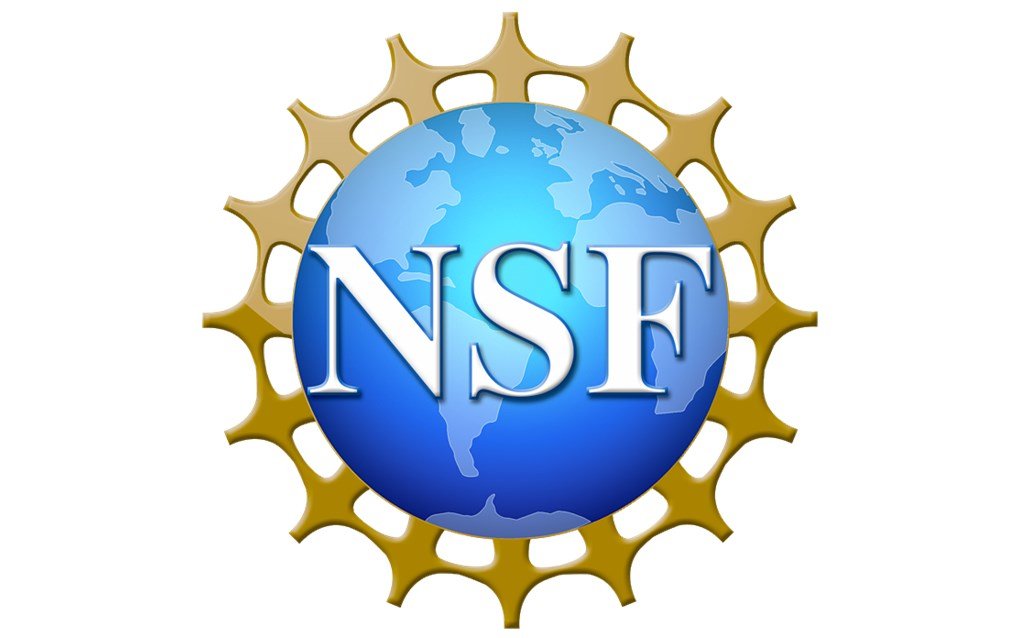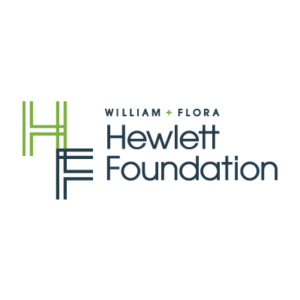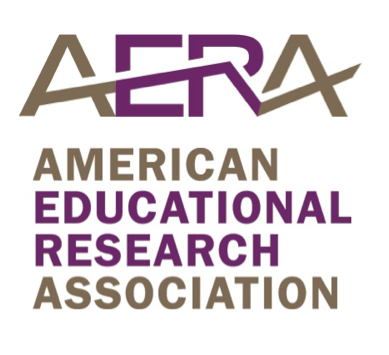my research
How much autonomy should children and adolescents have to learn on their own? And how much autonomy are parents and teachers willing, and able, to give them? Through multiple levels of analysis, my research grapples with the tension between these two questions, suggesting learning may be compromised in environments putting pressure on behavioral control and scholastic achievement. During the second decade of life, the stakes may become even higher as some degree of autonomy may be a condition for teens to buy into intellectual pursuits, beyond the minimum expected of them.
The skills needed to be an effective, self-directed learner, are in fact different than the skills to be an on-task “well-behaved” academic performer. This trade-off has cognitive costs, especially for children and adolescents, and the development of these skills will affect their learning outcomes over time. In the presence of a teacher, learners expect information to be provided to them. Studies of children in the first decade of life have reveal a trade-off between instruction and exploration, with more autonomy from a teacher supporting young children’s exploration. As teachers provide more input, though, children constrain their exploration.
This tension between how much freedom to give students to explore and learn on their own, versus how much control and direct instruction to provide is currently active area of research debate. My research program investigates autonomy as a context – a culture where individuals are offered opportunities to freely engage.
My work has identified cognitive regulation (i.e., the ability to control your thoughts) as foundational for promoting self-directed learning. Surprisingly, cognitive regulation greatly outweighs the benefits of behavioral regulation (i.e., the ability to stay on task and control your behavior). My research has found that the type of learning that involves some degree of self-direction on the part of the student, where the student does not know in advance exactly what will be learned and is not told precisely how the learning should proceed, comes from cognitive self-regulation, not behavioral.
Modrek, A. S., & Ramirez, G. (2021) Metacognition and Learning, 16(1), 113-134. [PDF]
Modrek, A. S., Kuhn, D., Conway, A., Arvidsson, T. (2019) Learning and Instruction, 60(C), 237-244. [PDF]
Modrek, A. S., & Kuhn, D. (2017). Cognitive Development, 44, 12-20. [PDF]
Contexts that promote autonomy and deep thinking can promote greater learning. One way educators attempt to support deep learning is by placing a high value on scholastic achievement. However, if students are to be able to learn, and do so effectively, they must have necessary opportunities to do so. This points us to the construct, and context of autonomy – the freedom to choose how to act, think, behave, etc. In theory, when individuals are afforded greater autonomy, they are more often put into situations of having to consider multiple options, or causes, leading to an outcome. They need to evaluate all possible outcomes of an action of choice, a form of self-directed thinking and reasoning. Indeed, when I tested this across middle and high school students and found that more autonomy is associated with the type of critical, self-directed thinking and learning we want.
Modrek, A. S., Hass, R., Kwako, A., Sandoval, W.A. (2021) Journal of Adolescence [PDF]
Modrek, A. S., & Sandoval, W. A. (2020) Cognitive Development. [PDF]
Modrek, A. S. (2020) Philosophical Psychology. [PDF]
Adults report wanting to give more autonomy than they do, while children and adolescents report wanting more autonomy than they get. By viewing adults as learners, perhaps learning to give autonomy that children and adolescents seek might change the contexts in which they learn. One aim is to generate insights into how to support individualized teacher learning. Teachers require well scaffolded support in understanding how to give students autonomy as a part of their instructional practice, and its role and value in students’ learning. If teachers can learn to give more autonomy, the implications of them learning to do so seem worth the effort. I will investigate if brief, scalable, and affordable interventions can change teachers’ learning by developing innovative and scalable methods (e.g., curriculum, tablet-based informatics) and metrics (e.g., engagement, question-asking) that can be employed in ecologically valid educational settings (e.g., classrooms) to support teachers in meeting individual students’ learning and more.






